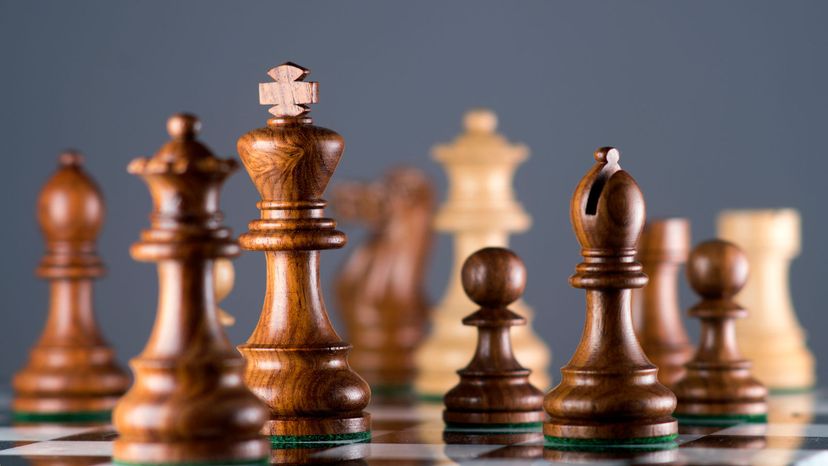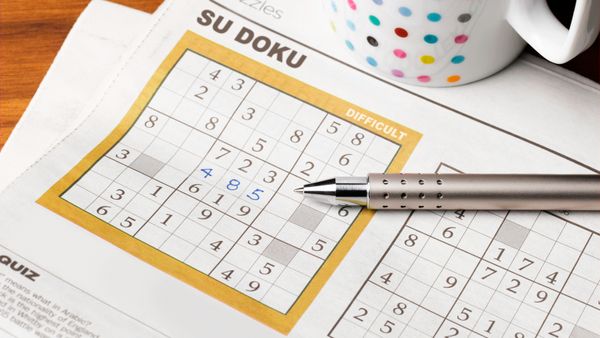
Think about your favorite board games. When you were little, Chutes and Ladders or Candyland may have been at the top of the list, but you quickly outgrew drawing a card and advancing across the board. Later, you took up Monopoly. It's fun, but it can be never-ending; and there are so many pieces. Pictionary, Trivial Pursuit and Apples to Apples make great party games, but you need a group to make it really fun. Scrabble is challenging, but there are only so many ways to use the X and the Q tiles; and there's always one player who makes up words.
Odds are, most families have the classic 3-in-1 combo set of checkers, chess and backgammon, complete with a reversible game board and a package of checkers and chess figures. Each of these games, with histories dating back hundreds of years and across many cultures, has withstood the test of time, but chess stands out as perhaps the perfect game. There aren't too many pieces, only two people can play, and winning is different every time.
Advertisement
To be successful at chess, you simply need to understand the game and play with enough frequency to be able to improve your strategy. Furthermore, chess is a great equalizer. Sure it's played in posh parlors and hushed libraries, but more often you'll see it played by old and young, rich and poor in public parks, coffee shops and even hotel banquet rooms where hundreds of people compete simultaneously.
Additionally, the fundamental strategies of chess are lessons that can lead to success in life. Chess Champion Orinn Hudson, a former state police officer, uses chess to teach at-risk kids the lessons of life. Through his foundation Be Someone, he has taught more than 20,000 kids not only how to play the game but how to apply the rules to their lives.
He sees chess as a valuable way for kids to develop critical thinking skills. When teaching chess to children, Hudson reminds them that they all have the same resources (16 game pieces); success is how you use them.
Chess is full of right moves. Learning to play it well takes time and patience, but once you understand the role of each piece and learn to think strategically, you'll understand the game's longstanding appeal.
Before we talk about what the right chess moves are, let's look at the history of the game.

